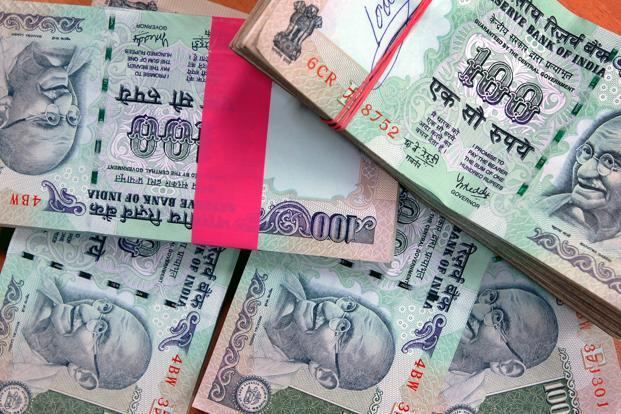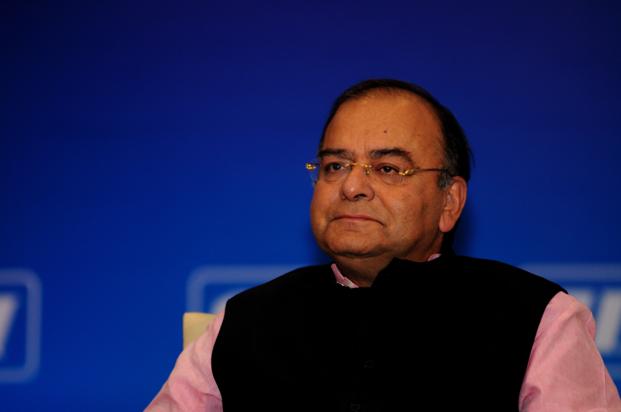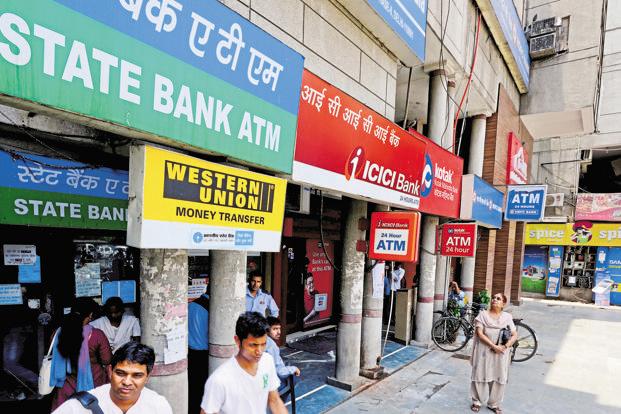Quite a few companies that failed to get a banking licence from the Reserve Bank of India (RBI) are going back to the drawing board to draft new applications, encouraged by governor Raghuram Rajan’s assurance that aspirants can consider applying for a differentiated permit instead of a full licence. The banking regulator plans to open a window for differentiated licences while permits for universal banks will be available on tap.
Commercial banks, cooperative banks, financial institutions and non-banking finance companies (NBFCs) constitute the Indian financial system. Under Section 5 (B) of Banking Regulation Act, 1949, banking means accepting, for the purpose of lending or investment, deposits from the public, repayable on demand and withdrawable by cheque and draft. Till now, India has been following the universal banking model where banks are holding companies that operate different businesses like asset management, insurance, asset reconstruction, stock broking, etc., through subsidiaries, joint ventures and affiliates. India issues a single class of banking licence to both domestic as well as foreign banks and all of them enjoy full and equal access to the payments and settlement system and the deposit insurance cover.
In Asia’s third largest economy where only 35% of the adult population has access to formal banking services, the debate has all along been on whether we need a few large banks or many small banks. The April 2007 monetary policy for the first time spoke about a graded approach to licensing for both domestic and foreign banks. Subsequently, a brief technical paper recommended in favour of continuing with the existing system till a certain degree of success in financial inclusion is achieved and RBI is satisfied with the quality and robustness of the risk management systems of banks. One of the preconditions for creating niche banks, the paper argued, is a deep interbank market as any shock, leading to liquidity crunch, can translate into a bank run.
The thinking in RBI has changed and it is getting ready to open doors for different types of banks even as the aspirants and banking consultants have been speculating on their profile. For instance, will there be different banks catering to different segments of borrowers or will they be structurally different? If RBI chooses to have niche banks for different segments, we may end up having mortgage banks and banks for lending to infrastructure, agriculture and small and medium enterprises and so on.
However, this is unlikely to happen for many reasons. First, there will be concentration risk and a downturn in a particular sector can jeopardise the operations of a bank. Precisely for this reason, India’s most project finance institutions had to reinvent themselves and become banks. Secondly, the sector-specific banks also run the risk of asset-liability mismatches. For instance, a mortgage bank or a bank dedicated to infrastructure financing will have long-term assets, backed by short- to medium-term deposits.
So the focus is more likely to be on banks with different structures. The Nachiket Mor panel on financial inclusion has spoken about at least two such categories—payments and wholesale banks. The payments banks can be created by converting prepaid payment issuers (PPIs).
There are more than two dozen PPIs that provide mobile wallets or cards that customers can use to make payments with the money that’s stored in them. They can gradually convert themselves into banks and even others can join them. Over a period of time, they can start offering other services as well.
The panel wants such banks to have a minimum entry capital of Rs.50 crore, one-tenth of what a full-service bank requires, since they will have a near-zero risk of default.
The panel has also suggested setting up of wholesale banks to provide credit and deposit products to other banks and financial institutions that lend to small businesses and low-income customers.
According to the panel, high quality NBFCs that are already engaged in financial inclusion and the so-called priority sector lending activities can be converted into specialized wholesale consumer and investment banks. As they are not envisaged to take retail deposits, these wholesale banks will be able to deliver on financial inclusion goals immediately without putting depositors at risk.
Again, the successful ones could be considered for graduating to full-service banks. Currently, many banks buy assets from others to fulfil their priority sector obligation under which a bank needs to give loan to agriculture and small businesses to the extent of 40% of total loans. Such asset buying happens through the securitization route. The wholesale banks will be aggregator of both deposits and loans, allowing smaller and more specialized banks and financial institutions to transfer their own systematic exposures to them.
Consumers may not like the idea of differentiated banks as they would need to approach different banks for different financial needs but since the idea is to cover the vast tract of unbanked geography, this will not be an issue as access to any kind of bank will be welcome in rural India, unlike the urban pockets where most banks are one-stop shops, catering to every financial need of a customer.
The real challenge before the regulator will be two-fold. One, maintaining systemic stability while encouraging presence of different kinds of banks, and two, making sure that no bank can indulge in regulatory arbitraging. Under norms, every bank is now required to keep 4% of its deposits with RBI in the form of cash reserve ratio on which it does not earn any interest; invest in government bonds at least 23% of its deposits; and 40% of its loan book must consist of agriculture and small loans. Once we have different kinds of banks, these norms cannot be uniformly applicable to all.



